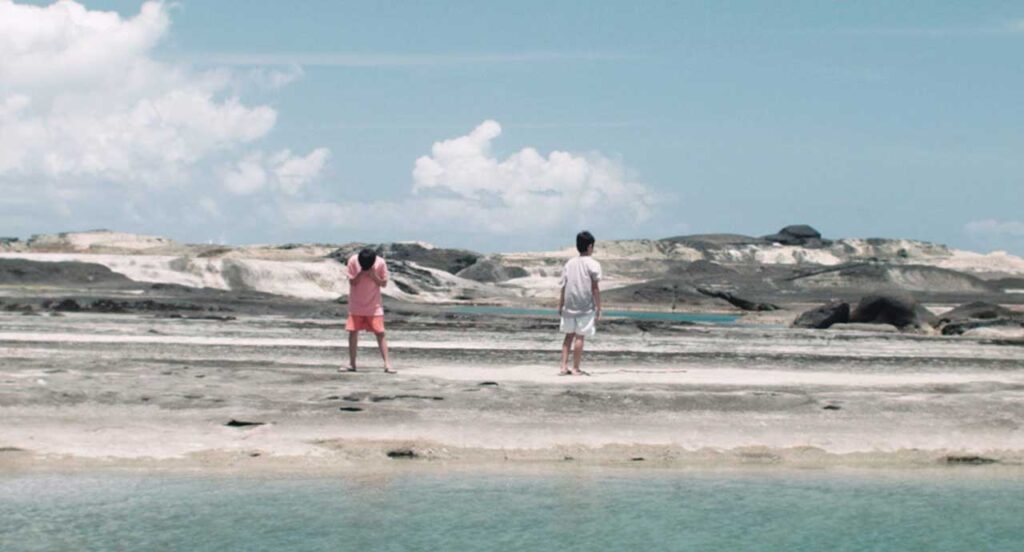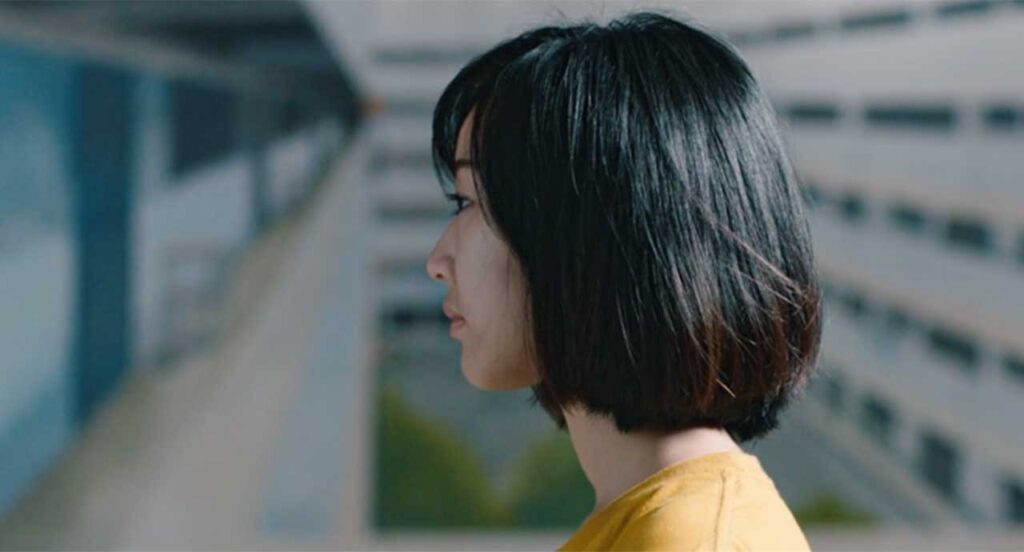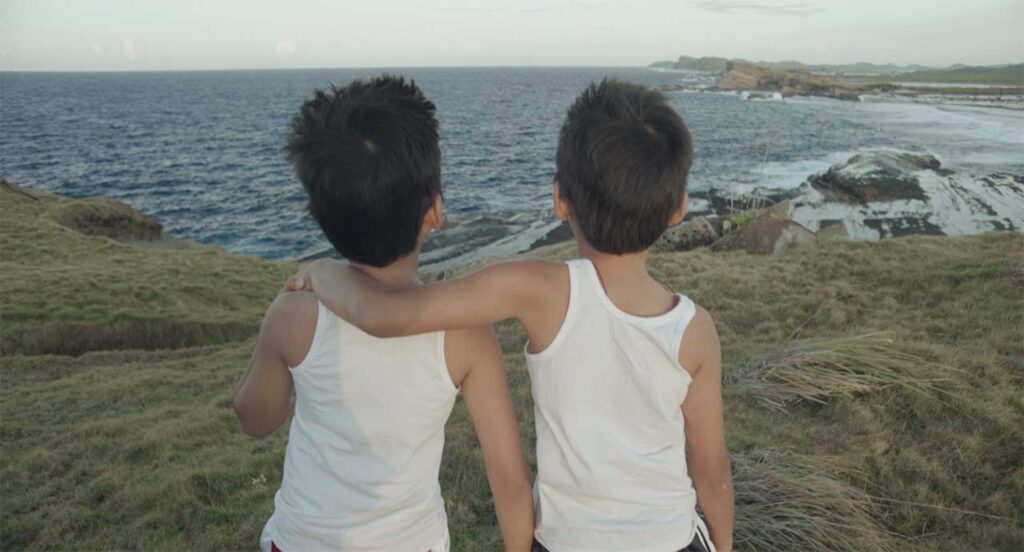Conflicting Nuances: Agenda and Ambiguity
This article contains spoilers for Hilom (Still).

How much do we need to know about a film in order to enjoy it? The relationship between creator and text, intention and representation, has long been interrogated in both literature and film, particularly since the introduction of auteurism. Barthes might encourage us to throw all concern for context to the wind. The author—the filmmaker—is dead. The reader—or the viewer—reigns supreme. Yet at the same time, a clearly intentional attribution of meaning to the collection of images we see onscreen can help to bring a film together and lend it cohesiveness. In a group of films which often contain politically charged narratives, do the adages of “more is less”, “show, not tell” hold true? If the film does have political undertones, must they be understood in order to provide a rewarding viewing experience?
Prelude to the General (Programme 2) and Hilom (Programme 3) are two films that exemplify this conflict of between ambiguity and agenda for me. Both films have striking visuals: lush seaside landscapes in which Hilom’s twin brothers play as if they are the last children on the island; a dilapidated building that seemingly provides a portal to another realm in Prelude. Both films are amongst the most visually arresting in all three programmes, yet for me they embody one key difference: I am able to discern clear thematic concerns in Hilom, and project my own meaning onto the contents of the film. With Prelude, I find myself a little lost.

It is not always bad to be lost. Prelude to the General provides wonderful mise-en-scène to get lost in, from the verdant green of a seemingly abandoned compound, to a ramshackle room with paint-smeared windows and discarded rubbish scattered across the floor. Even as I struggle to locate the film’s concerns, it manages to subvert my expectations in minor visual ways, building an atmosphere that moves further and further into the territory of foreboding. I may not understand the film’s specific context, but I know that not all is right in this decaying world. The slow purposefulness of the cinematography speaks to an assuredness that makes me anticipatory rather than frustrated, particularly since Prelude is an excerpt from a feature-length work-in-progress. In terms of pure enjoyment, the short’s aesthetic merit, and the atmosphere it builds up, is enough to satisfy me.
At the same time, although the visual may be enough, the addition of—or even allusion to— a clear narrative can raise a film from the level of its individual shots to stand as a textual and ideological whole. Hilom follows the story of two twins, Andres and Gael, as they play, fight, and rest on their home island. Andres slowly befriends another boy, creating a gulf between him and his brother. When an adult spots them dozing on the beach, hands resting, palms open, on each other, he immediately takes action to nip what he sees as deviant behaviour in the bud, resulting in the breakdown of a friendship and reunification of the brothers. Notably, Andres and Gael sleep in a similar position at both the beginning and the end of the film. Some might question—and rightfully so—the brothers’ physical and emotional closeness, but nevertheless the film frames the slumber, the slow unfolding of friendship, as innocent. It is not until the adult comes along that the act is given an unwelcome sexual dimension.
Hilom strikes me as a somewhat less assured work than Prelude. Every scene in Prelude has a sense of purposefulness and place, despite the fact that I may not fully understand what that is yet. In Hilom, there are slight markers of inconsistencies. A confrontation scene on the beach is cut and spliced together in a jarring manner. Is it due to the young and inexperienced nature of the actors? Is it simply a directorial choice? Either way, the viewer is pulled out of the film, shown its seams, reminded of its existence as a construct. In a similar manner, the film’s plot rapidly escalates the series of events culminating in the confrontation, potentially compromising the character development that it so delicately renders in its first half. Is the coincidence of the adult stumbling across the children entirely realistic, or for that matter the child’s reaction? Perhaps not entirely. Yet for some, the beats of the story will ring all too true. After all, who of us have not experienced a moment of betrayal in a relationship? Who has not been misunderstood, been rebuked, or conversely, been loved?

Hilom is an important film to me because it resonates with concerns I see not just on a larger political scale, but in the minutiae of everyday life. A quickness to judge. A rejection of the unfamiliar. Issues of growing up, sexuality, family. I don’t yet know everything about the film, but I know enough. An adult imposes his stultifying worldview on a child, who absorbs and later parrots it back in an event that will undoubtedly have larger ramifications on his life and the lives of those involved. In a film which luxuriates in expansive shots of its scenery, it is significant that the adult confronts the children in a largely enclosed room, stalking around between its darkened walls. What once took place in the open space of the outdoors has now been labelled shameful, and can only be discussed between a set of walls. Trapped, Andres looks out a window, its border limned with light, the bright greens and blues of the outside shining beyond. At the sill stands his brother Gael. The brothers are the film’s heart, bookending it with scenes that emphasize their closeness. Even aside from its social underpinnings, the film has a solid emotional core in the form of the twins.
Looking at Prelude to the General and Hilom next to each other has shown me that there is no need for context or a discernible narrative to enjoy a film, but any addition of thematic heft certainly helps to lend it significance. Both are beautiful works, but only one resonates with me on a level outside of the visual aesthetic. It is through the tale of the brothers and their insular relationship, their integration with nature and clashes with society, that Hilom realizes its potential.


